What the heck is a softshell hiking jacket? It’s a rather elusive, nebulous clothing concept. You only have to visit the softshell section of brands’ websites for a taste of this uncertainty and disorder. Often everything from fleecy windproofs to miscellaneous mid-layers are listed under this catch-all category. It’s a mess, in all honesty. Let’s see if we can unpick it.
While a hardshell jacket is stiff, strong and not that breathable, a softshell is the opposite. It’s softer, smoother, comfier, more stretchy and much better ventilated. But a softshell jacket is more wind- and water-resistant than a fleece jacket. Although it's unsuitable for severe weather, a softshell can protect against light showers and also become an insulating layer underneath a hardshell.
What are the best softshell jackets of 2025?
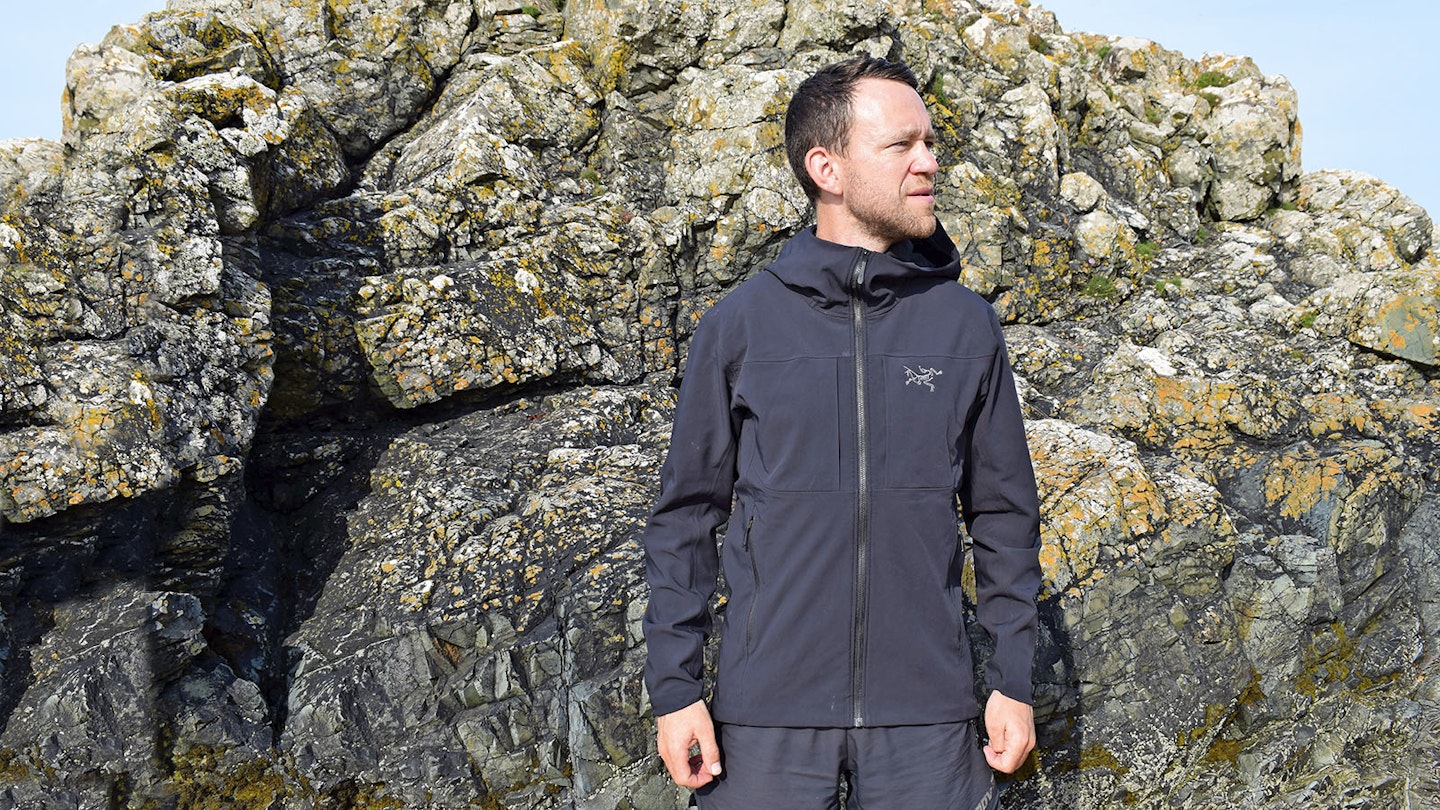
Given the enormous variety of eligible contenders, we've narrowed things down. Here, we’ve chosen to focus on higher-grade, heftier, hooded jackets that work well as standalone outer layers.
Best in Test: Mountain Equipment Aerotherm Jacket
Best Value: Alpkit Resolute
Best for durability: Helly Hansen Odin Pro Shield Hybrid
Editor's note: this article was updated in September 2024, including all new releases for the 2024-25 autumn and winter seasons.
How we tested the best softshell jackets
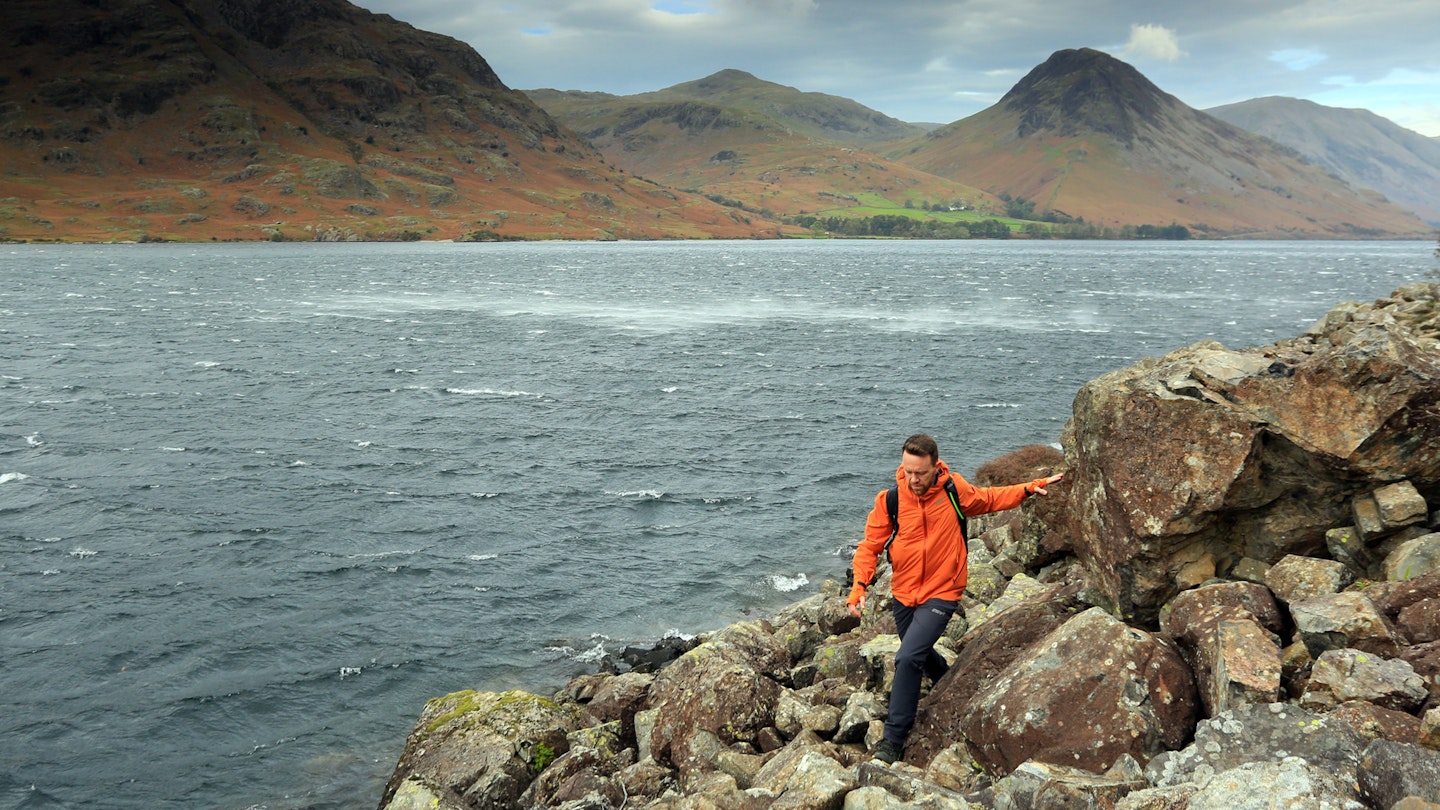
All hiking jackets we test are subject to real-world situations. We don't go to the lab; the brands have done that already. We put their creations up against nature, and our thorough gear testers. This way, we get a true feel for how outdoor gear performs and ultimately, whether it's a wise purchase.
All of the jackets in this article were tested by James Forrest (above) who lives on the edge of the Lake District and heads into the hills to put each product through its paces. James walks in all seasons, often for mutliple days at a time on long-distance trails, so demands a lot from every piece of outdoor clothing he wears. To find out more about how we test, click here.
Best softshell jackets reviewed:
Designed for mountaineering, alpine climbing, hiking, and running, the Mountain Equipment Aerotherm is a highly technical, ultralight softshell jacket. It features a super-light double weave softshell outer and a micro-grid of fleecy squares inside, providing warmth and weather protection. Its minimalist design weighs only 279g in men's small, making it ideal for gram-saving hikers. The jacket's outer is Exolite 45 stretch double weave softshell fabric, the lightest double weave fabric globally. The inner micro-grid (100% polyester) offers wicking and temperature regulation. Despite its low weight, the fabric maintains decent toughness, though it lacks the stretch of traditional softshells.
The jacket copes with light showers and wind, but for heavier conditions, pair it with a waterproof shell. Its breathability is exceptional, ensuring comfort during fast-changing conditions. With a snug, athletic cut and articulated, pre-shaped sleeves, the jacket fits well but may require sizing up for some. Notable features include two fleece-lined handwarmer pockets, a chest pocket, adjustable waist hem, and elasticated wrist cuffs. The main YKK zipper has an internal storm flap and a zipper garage but is one-way. The hood, with an elasticated rim, is adjustable via a rear drawcord. The jacket can be stuffed into the right-hand pocket, creating a compact package with karabiner carry loops for easy access.
Pros
- Incredibly light
- High-tech design
- Premium materials
Cons
- Expensive
- Minimal stretch
- Outer feels delicate
| Men's sizes | S-XXL |
| Women's sizes | 8-16 |
| Weight | 279g (men’s small) |
| Fabric | Exolite 45 double weave softshell outer (100% polyamide), fleece inner (100% polyester) |
The Alpkit Resolute offers excellent value. It's a classically styled, traditional softshell. It’s made from a hefty 207gsm double weave softshell material, which is 92% nylon and 8% elastane. This extra weight ensures that the Resolute feels warm and sturdy. The 8% elastane content provides excellent stretch and flexibility, enhancing comfort and ensuring the jacket feels athletic and streamlined despite its robust fabric. The interior feels soft against the skin, and the excellent stretch gives good freedom of movement. Weighing 535g (men’s small), it’s mid-range in weight, and feels lighter and more agile than the raw stats suggest.
Wind resistance is good, cutting out the worst of a wind’s chilling effect, while a PFC-free DWR coating ensures water beads on the jacket. It protected me adequately in blustery conditions and light drizzle. Breathability is okay, but it can get hot on steep climbs, although the free-flowing central zipper has a two-way design for extra ventilation. For the price, the Alpkit Resolute is fully featured with adjustable wrist cuffs, cinchable waist hem, and many mesh-lined pockets. The hood fits well, with a wired peak visor and three adjustment points, and can be rolled away with a Velcro tab.
Pros
- Affordable
- Fully-featured
- Excellent stretch
- Comfortable
- Good size ranges
Cons
- Slightly on the heavy side
| Men's sizes | XS-XXL |
| Women's sizes | 6-20 |
| Weight | 535g (men's small) |
| Fabric | 207gsm double weave with sanded back (92% nylon, 8% spandex) |
On first impressions, this jacket appears simplistic with a minimalist style and basic features. However, it excels in the mountains with its super-comfy, wind-resistant, and water-resistant design. Its unique selling point is the super-stretchy fabric. It is made from a 196gsm stretch-woven softshell fabric called Durastretch Bamboo, consisting of 64% recycled polyamide, 26% polyester, and 10% elastane. The name refers to carbonised bamboo on the fabric backer, adding anti-microbial protection and increasing moisture wicking. The jacket's fabric is PFC-free and treated with a DWR.
During test hikes, the fabric was light, comfy, and super-stretchy, providing good freedom of movement. The waist hem doesn’t lift thanks to Salewa’s “free motion patterning” design. The DWR-treated outer copes well with light drizzle and wind, but a hard shell is needed for heavier rain.
The Agner Durastretch has a very athletic cut, slim fitting and figure-hugging. Size up for a better fit. It is a stripped-back, no-frills softshell with two zippered handwarmer pockets, a small valuables pocket, adjustable waist hem, and a snug pre-shaped hood. It lacks adjustable wrist cuffs, internal pockets, and a storm flap on the main zipper. So, it’s significantly lighter than many classic softshells. The design suits scramblers, climbers, and hillwalkers too.
Pros
- Comfortable
- Super-stretchy
- Lightweight
Cons
- Expensive
- Some features missing
- Athletic fit won’t suit all body shapes
| Men’s sizes | S-XXL |
| Women’s sizes | 6-14 |
| Weight | 398g (men’s small) |
| Fabric | 196gsm Durastretch bamboo (64% recycled polyamide, 26% polyester, 10% elastane) |
The Odin Pro Shield Hybrid has been designed to offer the warmth of a fleece and the weather protection of a softshell, featuring a robust softshell outer and a fleece-like inner with a gridded texture. The brushed fleece inside the collar adds extra softness against the skin.
The Odin Pro Shield Hybrid offers excellent stretch and flexibility, improving comfort and ensuring the jacket moves well with the body. The fabric provides warmth and weather protection, feeling tougher than a standard fleece or lightweight softshell. The jacket is finished with a PFC-free DWR coating for weather protection. The outer face blocks wind effectively. It delivers similar warmth and breathability to a mid-weight fleece but may cause overheating during intense activity.
The Odin Pro Shield Hybrid is average weight for a softshell with a hood. It has a balanced fit, a dropped tail for extra protection, and a stretchy, comfortable fabric. The jacket functions well as a standalone outer layer or a mid-layer under a hard shell. Notable features include an integrated RECCO transponder for emergency location, two zippered handwarmer pockets, a zippered chest pocket, and a smooth central YKK zipper backed by a storm flap. The hood, adjustable via a rear drawcord, fits nicely and is helmet compatible.
Pros
- Warmth
- Weather protection
- Hybrid design
- Good features
Cons
- Expensive
- No wrist cuff adjustment
| Men’s sizes: | S-XXL |
| Women’s sizes: | XS-XL |
| Weight: | 513g (men’s small) |
| Fabric: | 53% polyester, 40% polyamide, 7% elastane |
This premium, ultralight jacket features a standout design. Unlike classic softshells, the Vapour-Rise Summit uses a 20-denier Pertex Quantum Air fabric with a 47gsm grade and PFC-free DWR treatment for the outer. This prioritises breathability over wind resistance, meaning it excels in dynamic mountain activities. The thick, fleecy, brushed polyester Vapour-Rise Warm lining provides noticeable warmth but can feel hot in some scenarios. This two-layer system is intended to replace the need for separate garments, creating a micro-climate for all-day comfort – Rab describes the Vapour-Rise system as "soft on the inside and protective on the outside, warm, wicking, and wind-resistant" with "efficient temperature regulation."
The Vapour-Rise Summit has an athletic cut, fitting snugly and true to size but may be tight for some. It works well as both an outer layer and within a layering system.
Comfort is high due to the soft inner and lightweight build. Weighing 323g in men's small, it is ultralight compared to classic softshells. The jacket includes adjustable wrist cuffs, two high zippered handwarmer pockets, a chest pocket, adjustable waist hem, and a helmet-compatible hood with a wired peak. The main zipper has an internal storm flap, a fleece-lined chin guard, and is two-way for extra ventilation. All zippers are premium YKK.
Pros
- High-tech design
- Premium materials
- Good warmth
- Excellent breathability
Cons
- Expensive
- Too warm
- No stretch
- Outer feels delicate
- Only wind-resistant (not windproof)
| Men’s sizes: | S-XXL |
| Women’s sizes: | 8-16 |
| Weight: | 323g (men’s small) |
| Fabric: | 20-denier, 47gsm Pertex Quantum Air outer (100% polyamide); fleece inner (100% polyester) |
his hybrid jacket combines the warmth of fleece with the weather protection of a softshell. It's ideal for cold weather hikes, offering durability and toughness, though it may feel too heavy and warm for some.
The jacket is made from Keela’s AirXtream fabric, a blend of 80% polyester, 15% PU, and 5% elastane. The robust outer layer and fleece-like inner, with a gridded texture, provide warmth and weather protection, trapping air for insulation and wicking away moisture. A PFC-free DWR coating boosts water resistance and windproofing. It handles light rain well but isn't suited to downpours.
Weighing 527g, the Hydron is mid-weight with a standard fit, good comfort, and decent articulation.
The gridded interior may feel coarser than some prefer but, overall, the Hydron is durable and protective. Key features include an adjustable hood with a wired peak, Velcro-adjustable wrist cuffs, four external pockets, and waist hem adjustment. The pockets are fleece-lined, and the hood can be rolled away. The central zipper is backed by a storm flap and has a zipper garage at the top. Twin side vents help regulate temperature. Keela’s Hydron softshell jacket is highlighted on its website for being worn by Prince William and Kate during a visit to the Central Beacons Mountain Rescue Team!
Pros
- Warmth
- Weather protection
- Durability
Cons
- Not the stretchiest
- Fits a little boxy
| Men’s sizes: | XS-XXXL |
| Women’s sizes: | XS-XL |
| Weight: | 527g (men’s small) |
| Fabric: | AirXtream outer (80% polyester, 15% PU, 5% elastane), Matrix inner (100% polyamide) |
What to look for in a softshell jacket
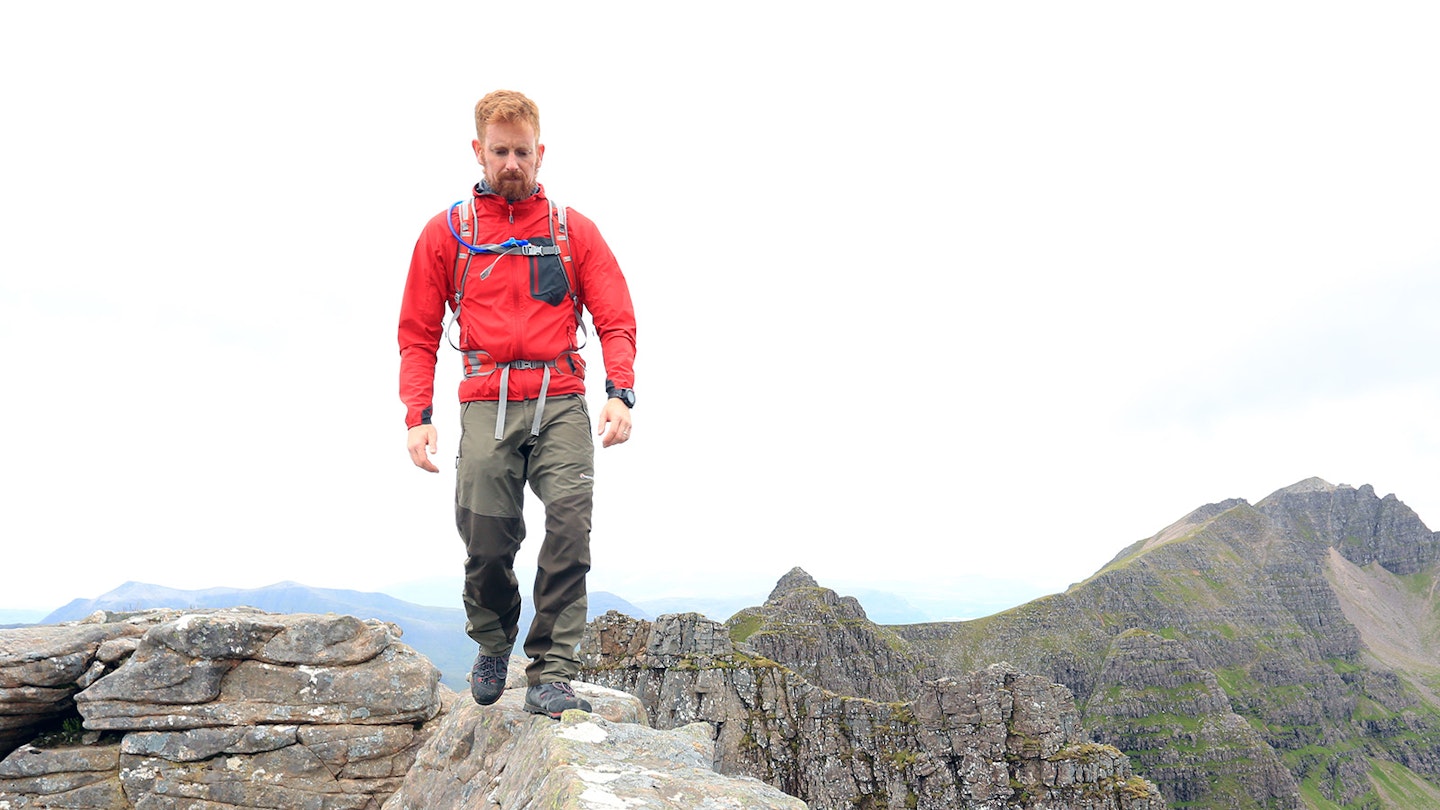
Water resistance: Softshells are generally water-resistant or ‘weatherproof’ rather than fully waterproof, relying on densely woven outer fabric and a durable water repellent (DWR) treatment to offer light to moderate water-resistance.
Wind resistance: This is the major benefit of softshell over fleece. Wind-resistance is often measured by CC or CFM. The higher the number, the less resistant the fabric is to wind. A lightweight fleece typically measures about 60 CFM, while most softshells are rated between 10 and 5 CFM.
Hood: Although it’s ultimately a matter of personal preference, a hood is generally a useful addition, but think about whether you’ll want it to fit comfortably under a hard shell. Technical softshell jackets often have peaked and/or helmet-compatible hoods, with adjustment so they can be cinched in tight.
Fabrics: Single layer softshells are more breathable thanks to the use of a double-weave wicking fabric. Two-layer softshells offer increased warmth and water-resistance as well as windproofing.
Breathability: This refers to how much moisture vapour can pass through a fabric. Softshells are far more breathable than even the best hard shells, making them ideal for sustained active use in the hills when you need a good level of weather protection but not a full-on waterproof.
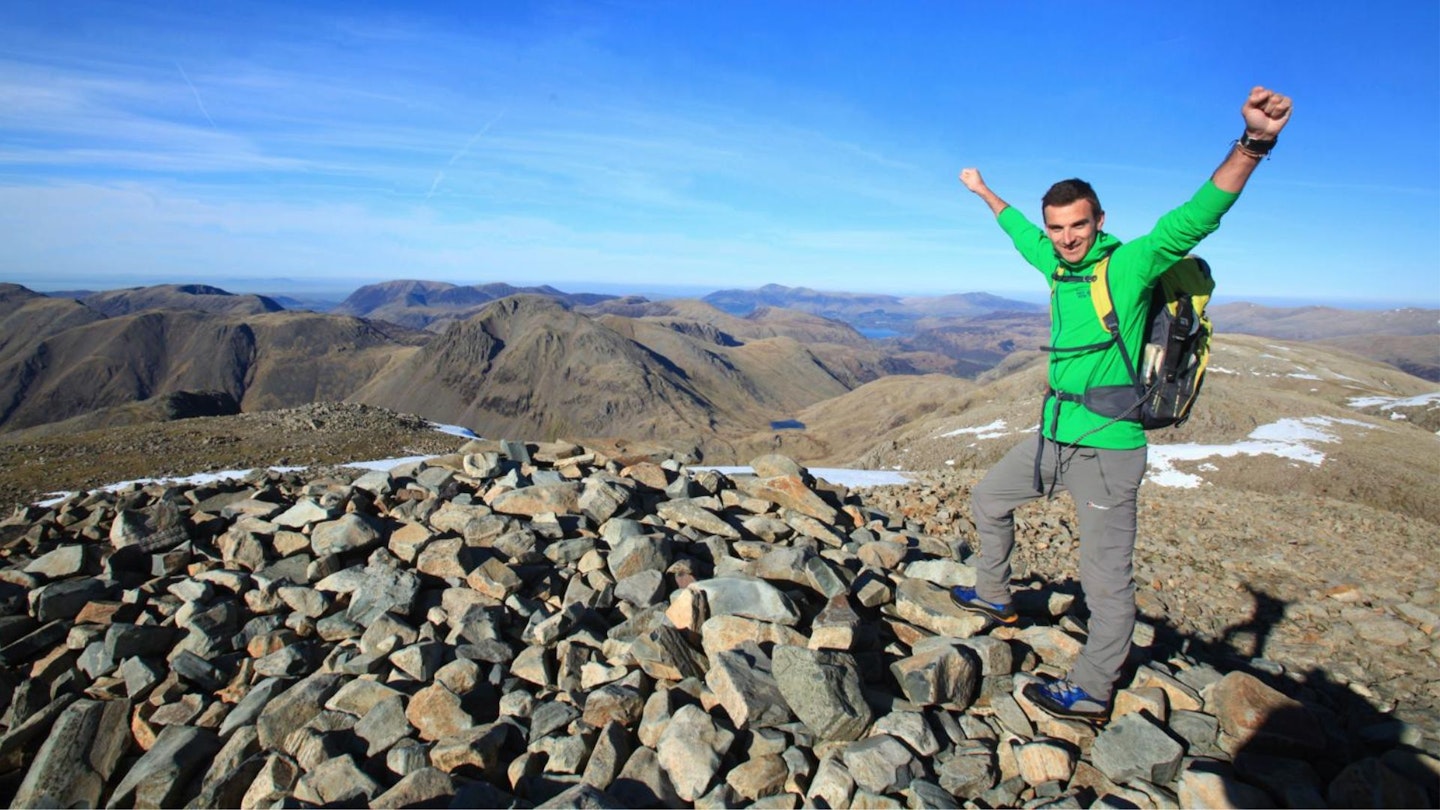
Stretch: Many softshell fabrics incorporate elastane (also called spandex or Lycra) for enhanced freedom of movement. Two-way stretch fabrics stretch either vertically or horizontally. Four-way stretch fabrics stretch in both directions.
Weight and packed size: Softshells are often regarded as wear-all-day layers, which makes these factors less important – though overall weight and bulk are still considerations.
Pockets: Large pockets are great for storage. Napoleon-style pockets are placed in the centre of the jacket, next to the main zip, for easy access. Other jackets have side hand pockets, which are usually placed higher than normal so they can be used even if you’re wearing a rucksack.
Ventilation: Even the most breathable jackets can still get warm, so ventilation is vital. Some jackets feature pit zips or mesh-lined pockets, which can be opened to increase airflow. Wide cuffs that can be pushed up the forearm can also aid cooling.
Fit: Softshells tend to have a slimmer cut compared to hardshell jackets. But you should still ensure that they don’t feel tight across the shoulders or chest and that sleeves cover your wrists fully.
About the author
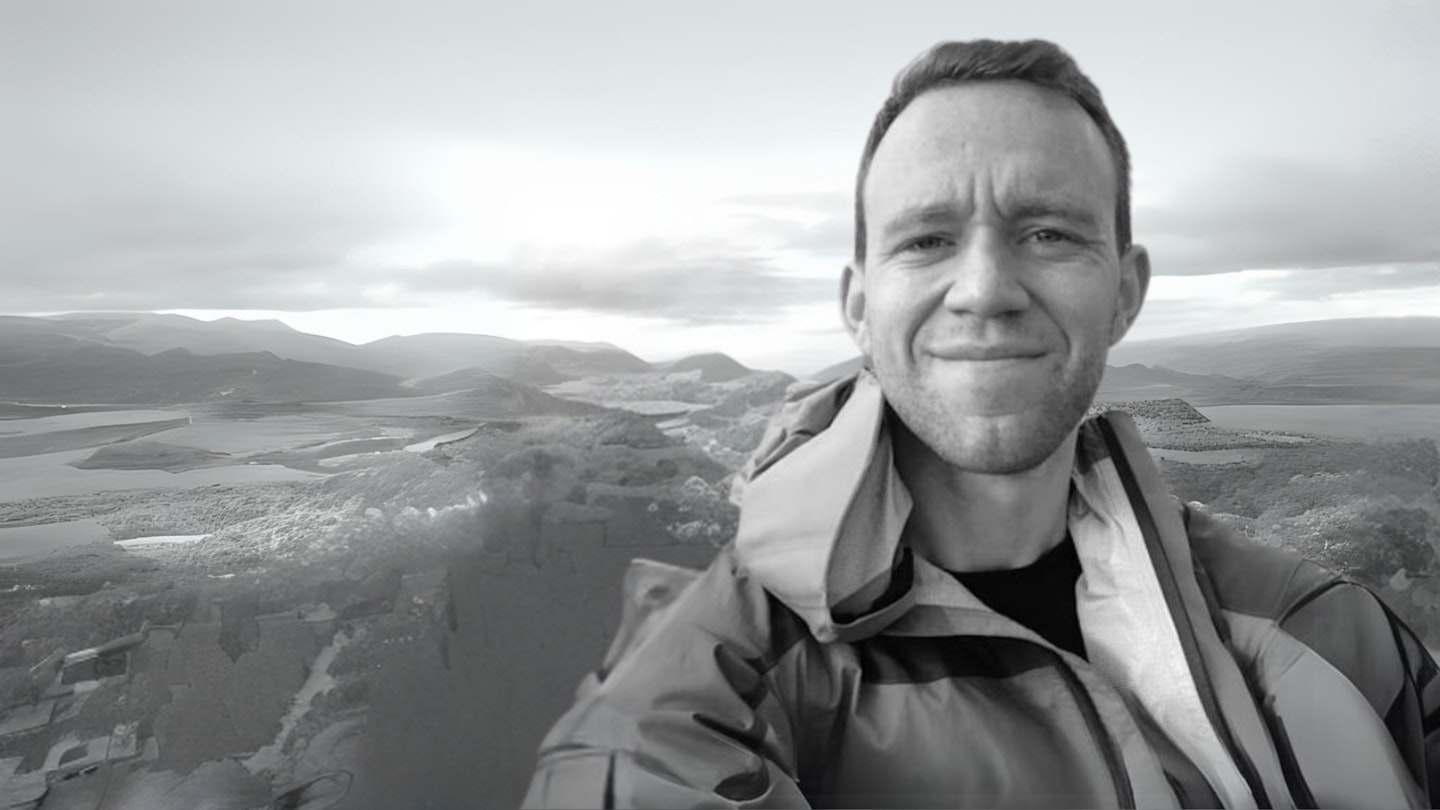
James Forrest is one of the UK's best-known long-distance walkers and adventurers. He's climbed nearly every mountain you can think of, and always gives his gear a good thrashing on every trip.











































